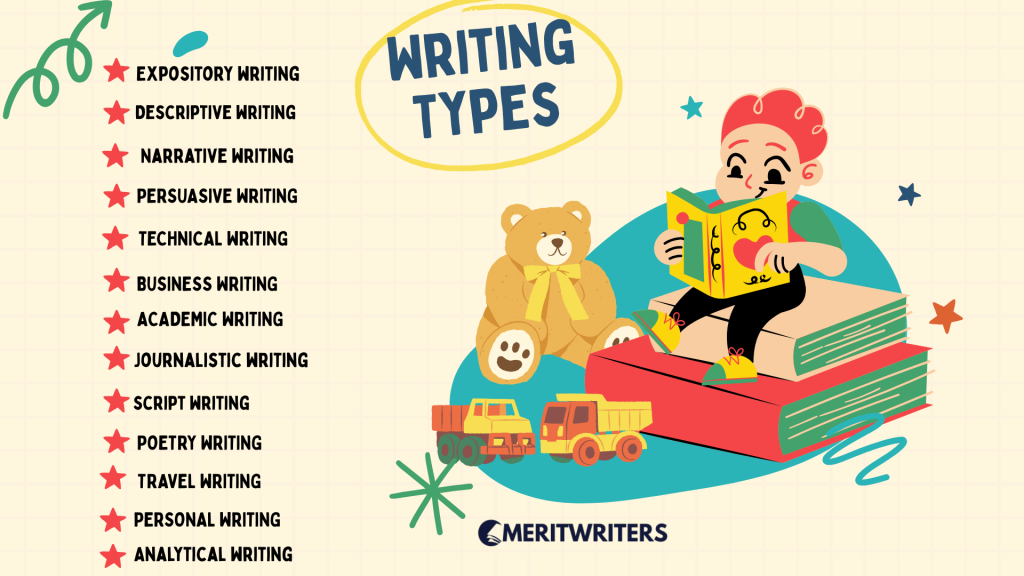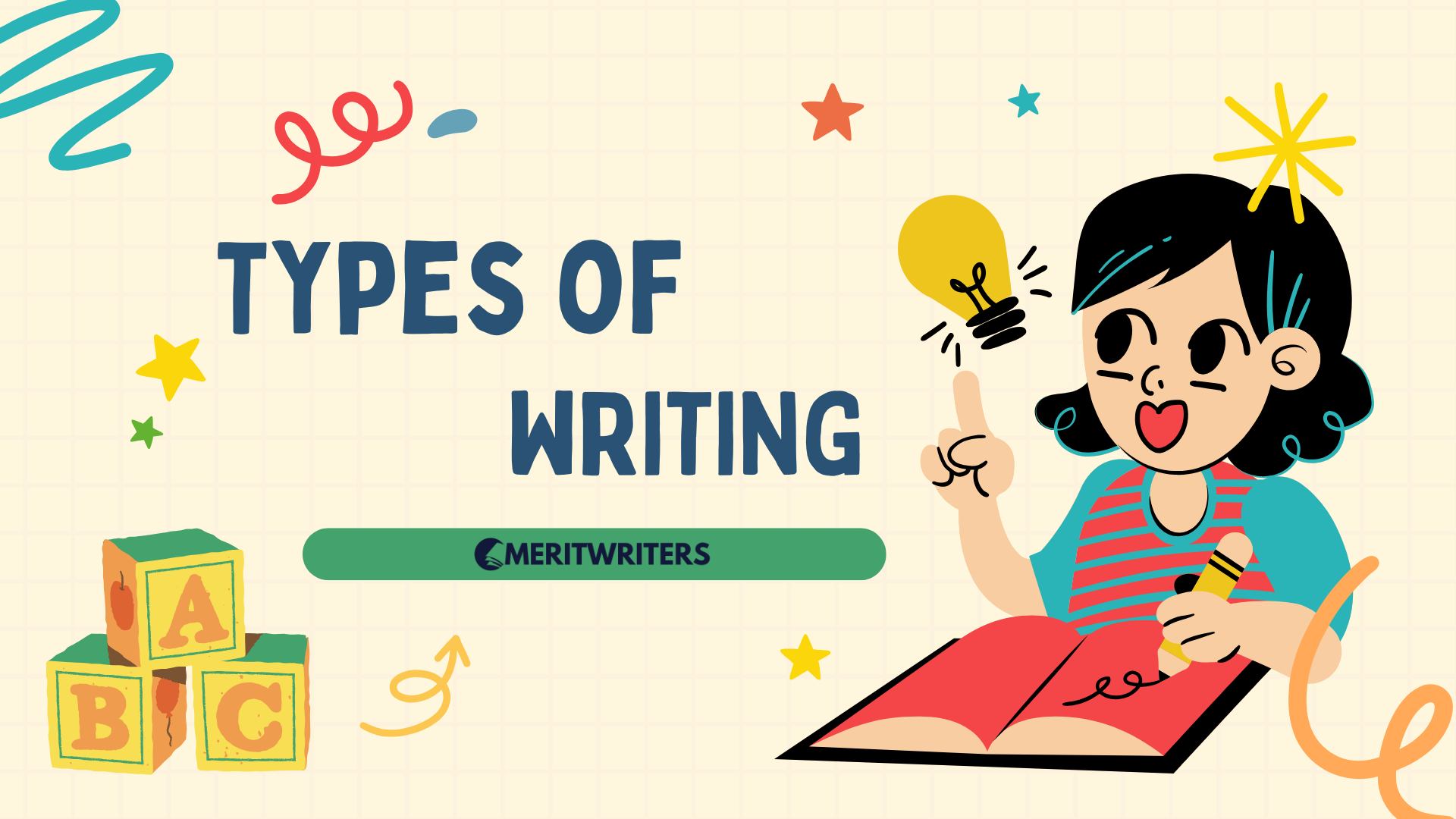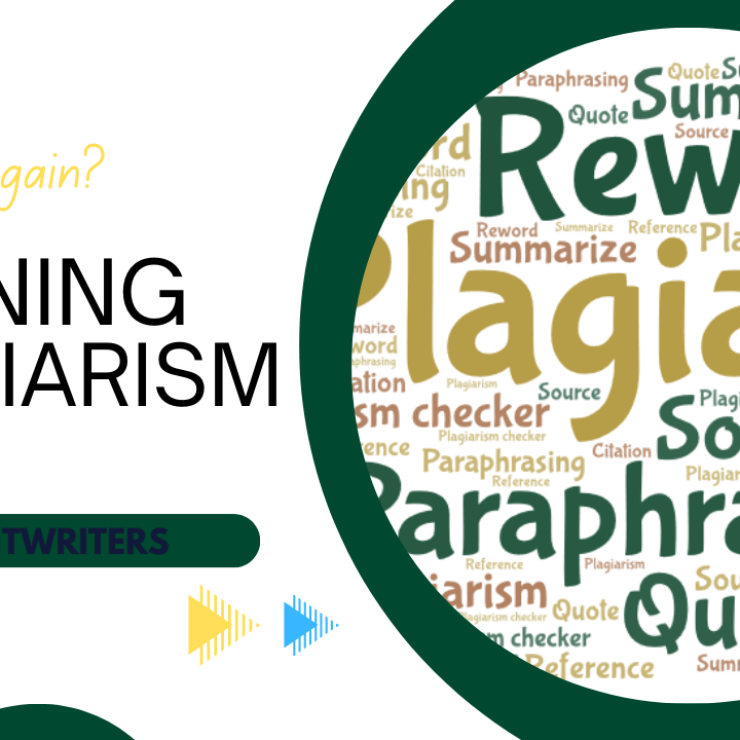Writing is a versatile skill that serves different purposes, from educating and informing to persuading and entertaining. Mastering various types of writing ensures your message is effective and impactful.
In this guide, we’ll explore 14 essential types of writing, their unique characteristics, and real-world examples. Whether you’re a student, a business professional, a content creator, or a novelist, this guide will help you choose the right writing style for your needs.

1. Expository Writing – Explaining with Facts
Expository writing is used to explain ideas, facts, and concepts clearly and logically. It does not include personal opinions but instead focuses on delivering well-structured and factual information.
Key Features:
✔ Provides clear and objective explanations
✔ Uses facts, evidence, and logical reasoning
✔ Avoids personal opinions and biased statements
✔ Often follows a structured format with headings and subheadings
Examples of Expository Writing:
- Textbooks
- How-to guides
- News reports
- Scientific articles
✅ Example Sentence:
“The Earth revolves around the Sun, completing one orbit in approximately 365 days, which causes seasonal changes.”
2. Descriptive Writing – Painting a Picture with Words
Descriptive writing creates vivid imagery by engaging the reader’s senses. It’s commonly found in literature, poetry, and travel writing.
Key Features:
✔ Uses rich, sensory details (sight, sound, touch, taste, smell)
✔ Often includes metaphors, similes, and personification
✔ Creates an emotional and immersive experience
Examples of Descriptive Writing:
- Poetry
- Travel blogs
- Fiction novels
- Personal journals
✅ Example Sentence:
“The golden sun dipped below the horizon, casting fiery hues across the rippling ocean waves.”
3. Narrative Writing – Telling a Story
Narrative writing is used to tell a story with a clear beginning, middle, and end. It includes characters, settings, and plot to engage the reader.
Key Features:
✔ Follows a structured storyline
✔ Uses characters and dialogue
✔ Can be fictional or real-life storytelling
Examples of Narrative Writing:
- Novels
- Short stories
- Biographies
- Personal anecdotes
✅ Example Sentence:
“Maria held the letter tightly, her hands trembling as she read the words that would change her life forever.”
4. Persuasive Writing – Influencing Opinions and Actions
Persuasive writing aims to convince the reader to adopt a viewpoint or take action using logical arguments and emotional appeal.
Key Features:
✔ Uses strong arguments and supporting evidence
✔ Appeals to logic (facts) and emotions (feelings)
✔ Often includes a call to action
Examples of Persuasive Writing:
- Advertisements
- Opinion articles
- Political speeches
- Sales copy
✅ Example Sentence:
“Switching to electric vehicles not only saves you money but also protects the environment for future generations—make the change today!”
5. Technical Writing – Making Complex Information Simple
Technical writing breaks down complex topics into clear and structured explanations. It is commonly used in science, engineering, IT, and medical fields.
Key Features:
✔ Uses precise and structured language
✔ Focuses on clarity, accuracy, and detail
✔ Often includes step-by-step instructions
Examples of Technical Writing:
- User manuals
- Software documentation
- Medical reports
- Engineering guidelines
✅ Example Sentence:
“To reset the router, unplug the power cable, wait 30 seconds, and reconnect it to restore the connection.”
6. Business Writing – Professional and Goal-Oriented
Business writing is used in corporate settings for professional communication. It ensures clarity, efficiency, and effectiveness.
Key Features:
✔ Formal and professional tone
✔ Focuses on clarity and purpose
✔ Often includes data, statistics, and action items
Examples of Business Writing:
- Emails
- Reports
- Business proposals
- Press releases
✅ Example Sentence:
“Please find attached the updated sales report for Q2. Let’s discuss the key takeaways in our next meeting.”
7. Academic Writing – Structured and Research-Based
Academic writing is used in schools, colleges, and research institutions to present critical analysis and logical arguments.
Key Features:
✔ Uses formal and precise language
✔ Includes citations and references
✔ Presents arguments with supporting evidence
Examples of Academic Writing:
- Research papers
- Essays
- Theses
- Case studies
✅ Example Sentence:
“Smith (2021) found that students who study in shorter intervals retain more information than those who cram.”
8. Journalistic Writing – Reporting the News
Journalistic writing presents current events and factual information in a clear and engaging way.
Key Features:
✔ Answers the who, what, where, when, why, and how
✔ Uses short, direct sentences
✔ Follows the inverted pyramid structure (most important details first)
Examples of Journalistic Writing:
- News articles
- Feature stories
- Investigative journalism
- Interviews
✅ Example Sentence:
“The new policy will take effect on Monday, impacting over 500,000 employees nationwide.”
9. Scriptwriting – Writing for Film, TV, and Theater
Scriptwriting is used for movies, television shows, and stage plays. It includes dialogue, scene directions, and stage actions.
Key Features:
✔ Uses dialogue-driven storytelling
✔ Includes stage directions
✔ Follows a structured screenplay format
Examples of Scriptwriting:
- Movie scripts
- TV show scripts
- Theatre plays
- Video game scripts
✅ Example Format:
JANE: (whispering) Did you hear that?
MIKE: (nervously) I think we should leave… now.
10. Review Writing – Evaluating Products and Services
Review writing provides opinions, analysis, and recommendations about products, services, or experiences.
Key Features:
✔ Gives an honest assessment
✔ Uses both pros and cons
✔ Often includes a rating system
Examples of Review Writing:
- Movie reviews
- Book reviews
- Restaurant critiques
- Product feedback
✅ Example Sentence:
“This smartphone offers excellent battery life, but the camera struggles in low light.“
11. Copywriting – Writing to Sell
Copywriting is designed to persuade and sell products or services. It’s often short, catchy, and emotionally engaging to influence purchasing decisions.
Key Features:
✔ Uses persuasive language and emotional appeal
✔ Includes a call to action (CTA)
✔ Focuses on brand messaging and audience engagement
Examples of Copywriting:
- Advertisements
- Website landing pages
- Product descriptions
- Social media marketing posts
✅ Example Sentence:
“Transform your skin in just 7 days! Try our best-selling moisturizer now—limited stock available!”
12. Personal Writing – Expressing Thoughts and Experiences
Personal writing is informal and reflective, often used to express emotions, opinions, and life experiences.
Key Features:
✔ Focuses on self-expression and storytelling
✔ Can be casual or deeply introspective
✔ Often written in first-person perspective
Examples of Personal Writing:
- Diaries
- Memoirs
- Personal blogs
- Letters
✅ Example Sentence:
“Today was one of those days where everything just felt right. The coffee tasted better, the sun was warmer, and my heart felt lighter.”
13. Travel Writing – Exploring New Places
Travel writing describes places, cultures, and experiences, often inspiring readers to explore new destinations.
Key Features:
✔ Uses descriptive and engaging language
✔ Focuses on personal experiences and observations
✔ Often includes historical or cultural insights
Examples of Travel Writing:
- Travel blogs
- Guidebooks
- Travelogues
- Magazine features
✅ Example Sentence:
“The cobbled streets of Rome transport you back in time, where every corner holds a story waiting to be discovered.”
14. Analytical Writing – Breaking Down Complex Ideas
Analytical writing examines, compares, and interprets information. It’s used in academic, business, and professional settings to evaluate data and present logical conclusions.
Key Features:
✔ Breaks down complex ideas into structured sections
✔ Uses logical reasoning and evidence
✔ Often includes comparisons, graphs, or case studies
Examples of Analytical Writing:
- Business reports
- Literary analysis
- Research papers
- Financial forecasts
✅ Example Sentence:
“An analysis of social media trends shows that short-form video content has a 60% higher engagement rate compared to static images.”
Final Thoughts – Choose the Right Writing Style for Your Needs
Mastering different types of writing allows you to communicate effectively based on your goals. Whether you’re informing, persuading, entertaining, or analyzing, choosing the right writing style enhances clarity and impact.
💡 Need expert writing help? Contact us—we’re available 24/7!
FAQs
1. What is the most commonly used type of writing?
Expository writing is the most common because it explains facts clearly. It is widely used in textbooks, news articles, and academic content.
2. How do I choose the right writing style?
Consider your goal and audience. Use expository writing for education, persuasive writing for marketing, and narrative writing for storytelling.
3. Can I combine multiple writing styles?
Yes! A blog post can mix expository and persuasive writing, while a business proposal may include technical and persuasive writing.
4. How can I improve my writing skills?
Read regularly, practice different writing styles, and get feedback from professionals. Editing tools like Grammarly can also help refine your writing.
5. Where can I get professional writing help?
You can hire writing experts for assistance. Contact us—we’re available 24/7!
6. What is the difference between expository and persuasive writing?
Expository writing explains facts, while persuasive writing convinces the reader to take action using emotions and logic.
7. What is the hardest type of writing to master?
Technical writing, poetry, and scriptwriting are considered difficult. They require specialized knowledge, creativity, or strong storytelling skills.
8. What writing style is best for blogs?
Most blogs use a mix of expository, persuasive, and narrative writing to inform, engage, and convince readers.
9. Can business writing be creative?
Yes! Adding creativity to business writing makes it more engaging. A formal email can sound better with a friendly, engaging tone.
10. How can I make my writing more engaging?
Use active voice, storytelling elements, and simple language. Break up long paragraphs and write in a conversational tone.




